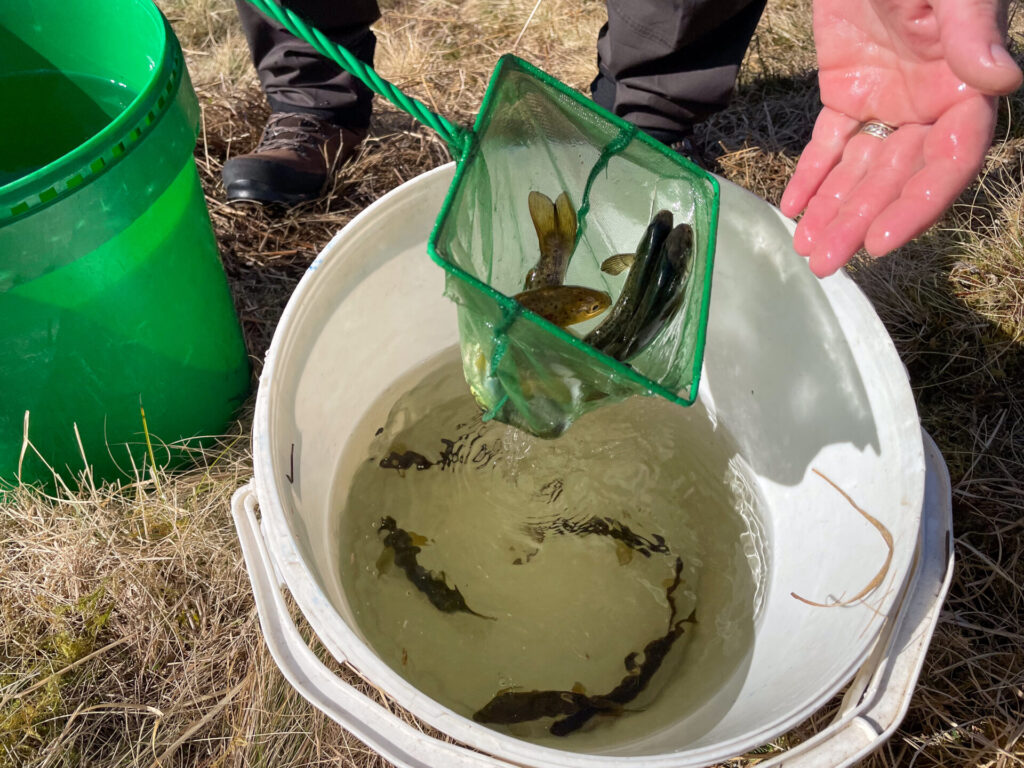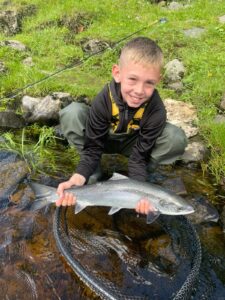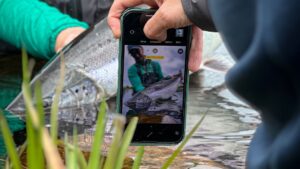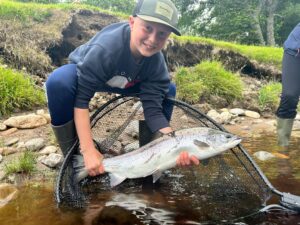We are thrilled to announce that the fieldwork phase of our “Save Our Smolts” project has successfully concluded, marking a significant step in this critical project.
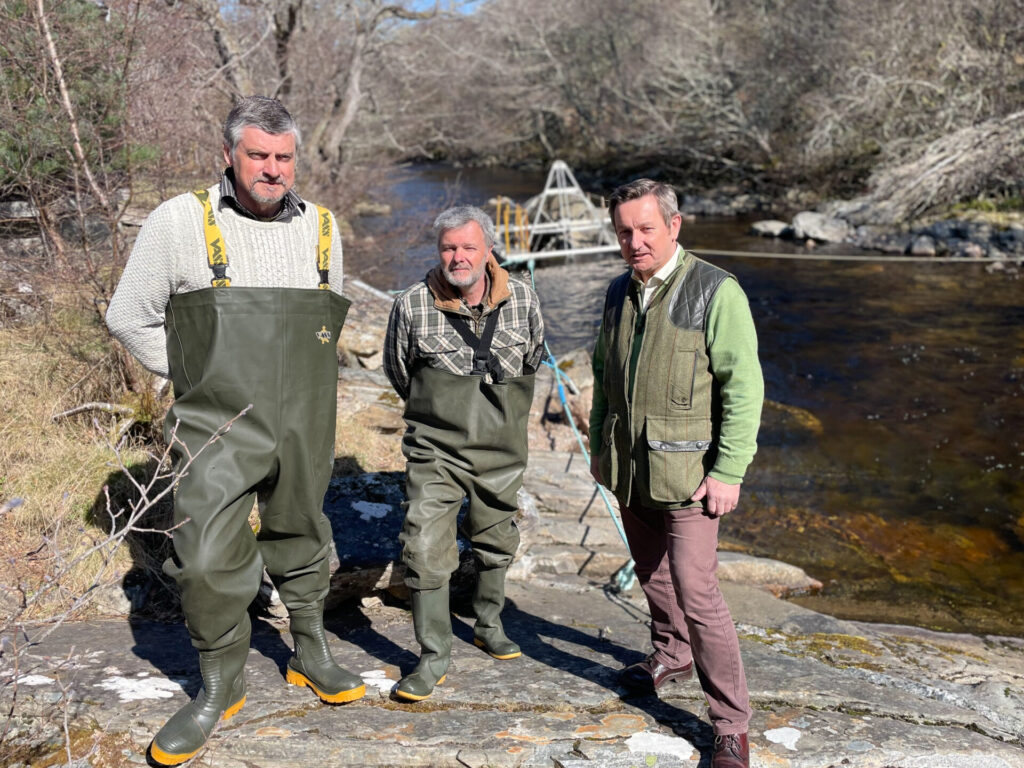
Launched in 2023 as a response to the concerning decline in Atlantic salmon populations, the Save Our Smolts project aims to increase the survival rates of young salmon, or ‘smolts’, during their pivotal migration phase from the Spey’s headwaters to the North Atlantic. For the first time, we have been trialling a ‘trapping and trucking’ approach on the River Spey, to test whether this technique works when moving smolts past known pinch points on the river.
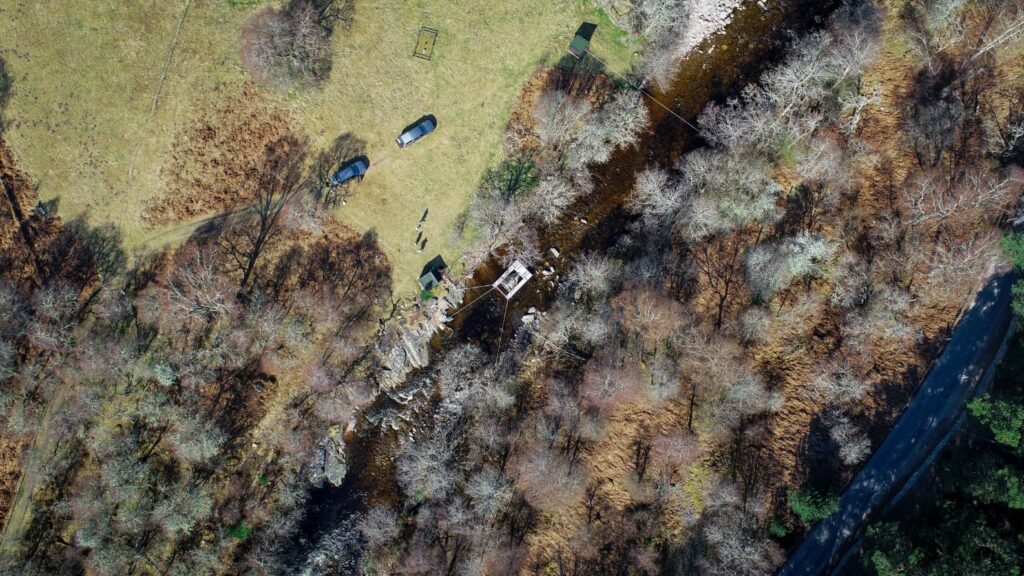
Building on our collaborative research with the Atlantic Salmon Trust, Loch Insh was identified as a significant pinch-point, where many smolts appear to go missing. To address this, the Save Our Smolts project trapped salmon smolts upstream of Loch Insh on the River Tromie, electronically tagged them, and released half above the loch and half below, allowing us to monitor the survival rates and test the effectiveness of our relocation strategy.
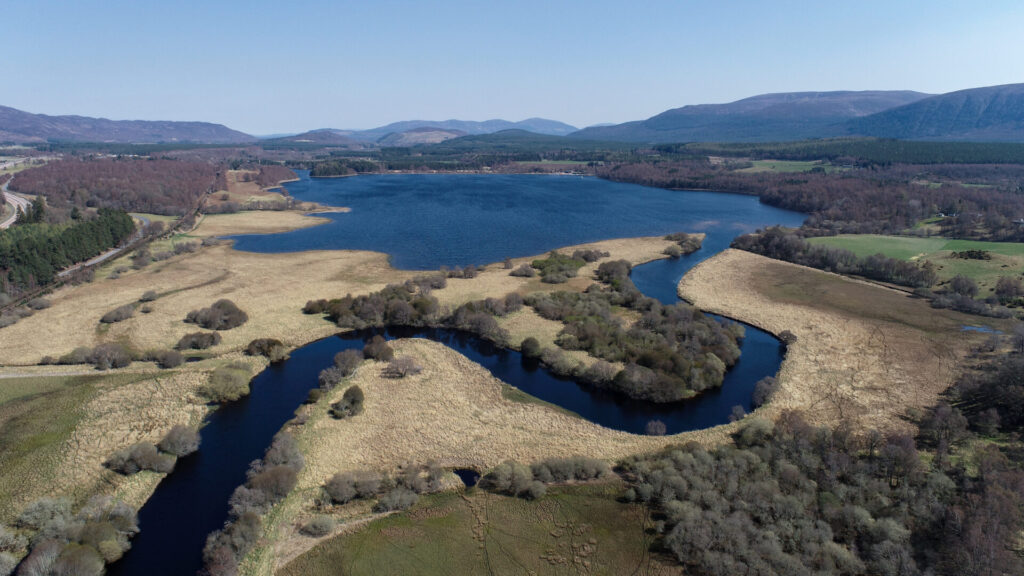
After completing the field-based stage of the project, we are pleased to announce that the trial has outperformed expectations. Throughout this year’s operation, an encouraging 1,300 smolts were trapped at a trap efficiency rating of 15%. Of these, 60 smolts were acoustically tagged, and their movements will be tracked using a series of in-river receivers between the River Tromie and Spey Bay. Additionally, 800 smolts were safely transported 5 miles downstream and released below Loch Insh as a trial.
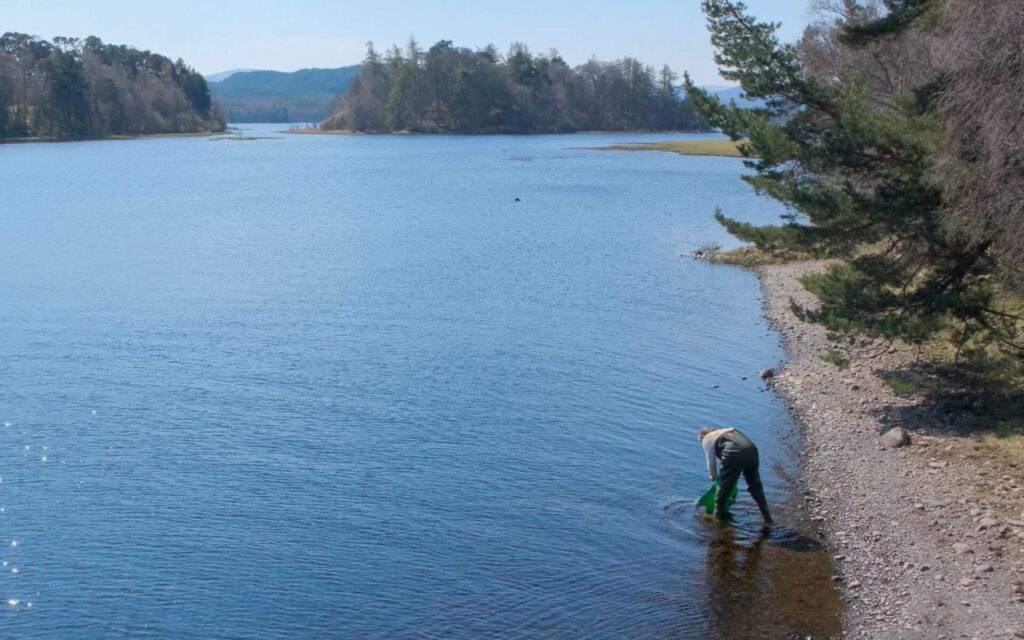
Completing the fieldwork phase signals the onset of the next exciting phase of the project. This summer, the team will focus on lifting the receivers from the River Spey and analysing the collected data. The primary question they aim to answer is, “Does moving smolts around Loch Insh improve their survival and increase the number of smolts reaching the sea?” The answers to this question will influence future conservation strategies.
Despite the encouraging results, scaling-up the operation will demand additional resources and support. “We are confident that this project will make a positive impact, but we have much work to do,” remarked Roger Knight, Director of the Spey Fishery Board. “Our aim to maximise the number of smolts reaching the sea remains our top priority. We need your continued support to further the mission of the Save Our Smolts project.”
The Board extends its sincere thanks to everyone involved in the project and calls for ongoing support from the public and businesses to help protect the iconic Atlantic salmon in the Spey. Those interested in providing support can contact director@speyfisheryboard.com.
Please keep an eye here on our website and social media channels, where we will share the future results of our data analysis.

